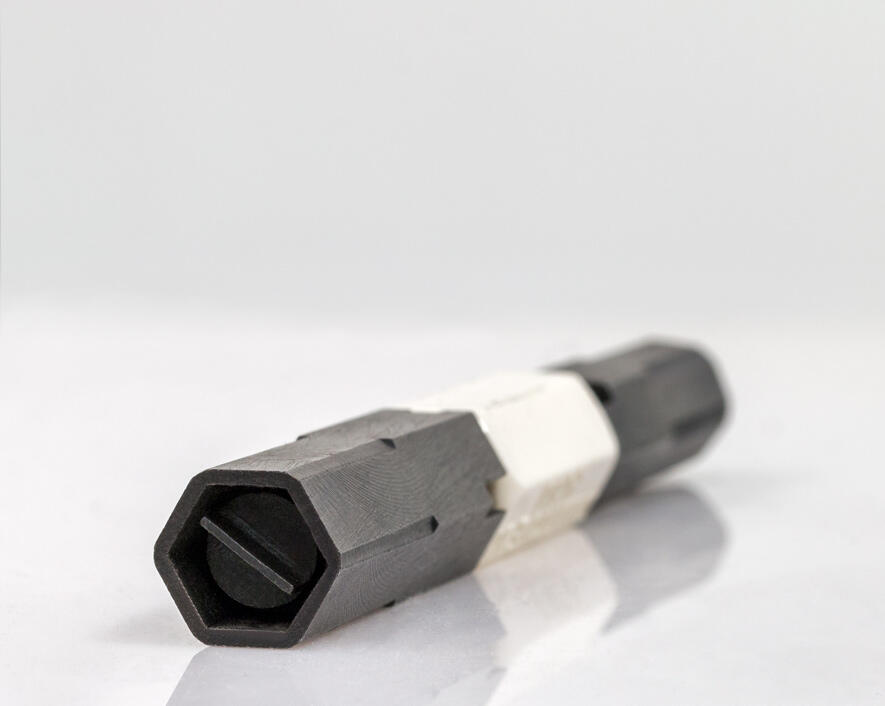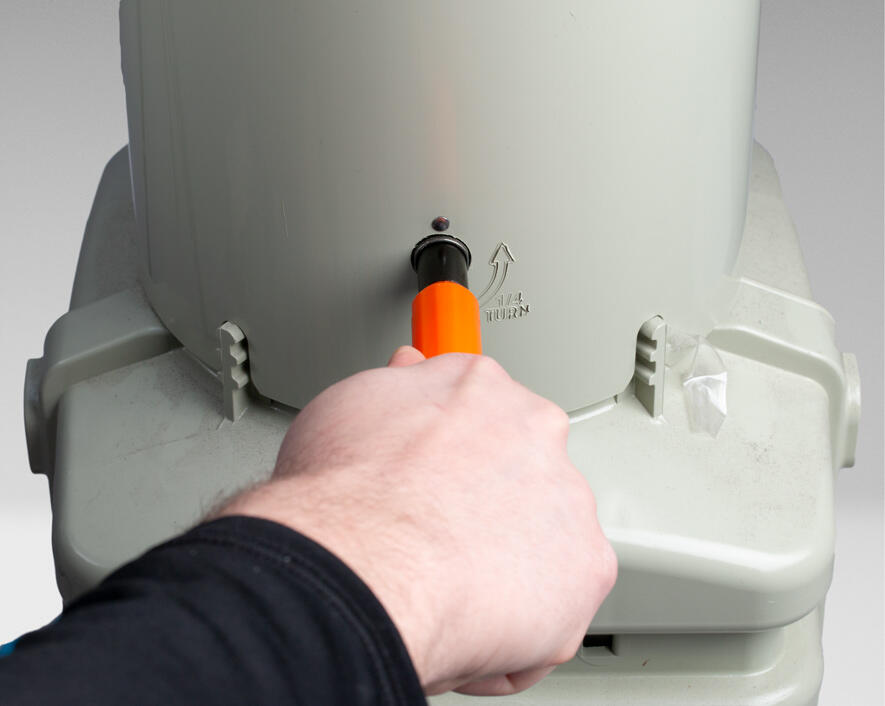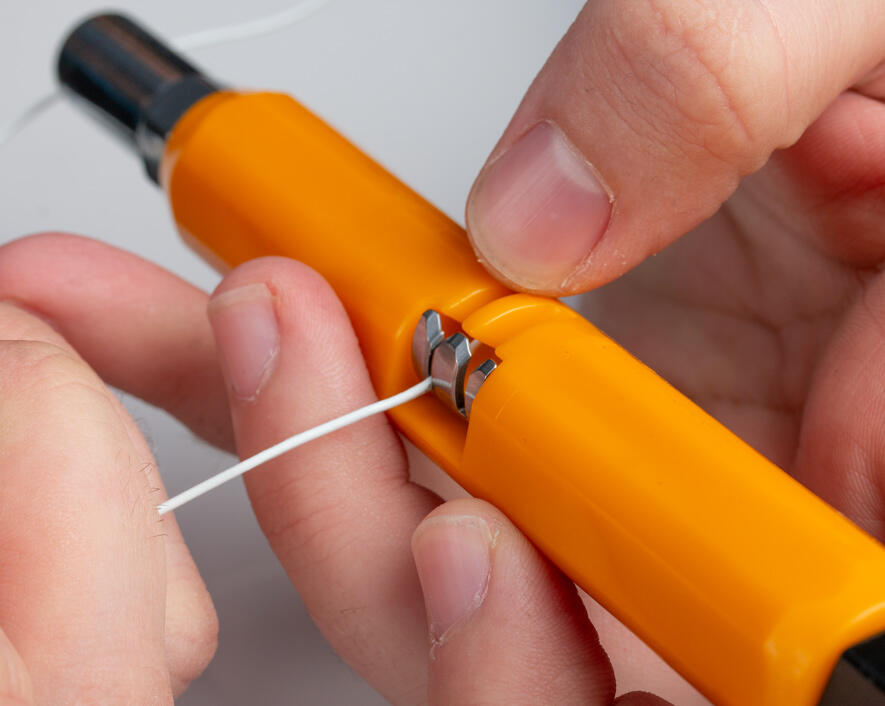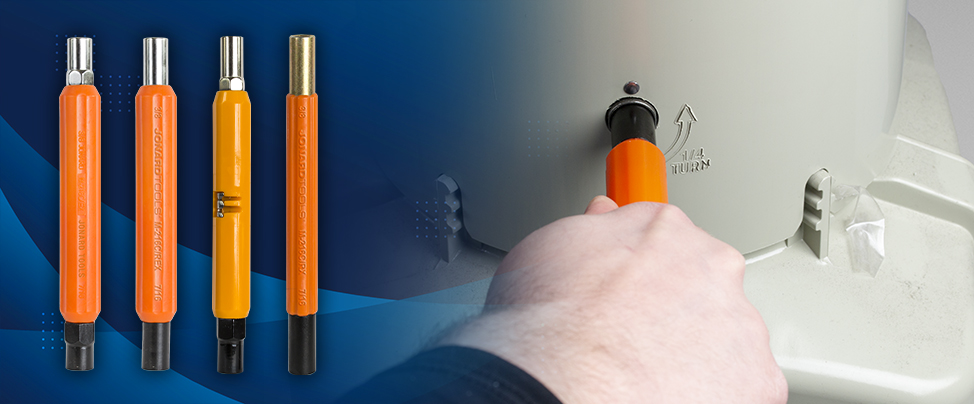The History of the Can Wrench and Why We Still Use It Today
Those of you not familiar with the can wrench have to ask yourselves, what is a can wrench? I can tell you it is not a can and not what you think of when you think of a wrench. My first thought growing up when you mention the word wrench was some sort of an adjustable wrench to turn stuff. Well a can wrench is half way there.
The origin of this unique tool traces back to the early 1950s. At that time the telecom industry had kicked into high gear, and new installations exploded on the scene. To protect connections from foul play, from the elements and from curious animals or insects, connections were terminated in service boxes. These boxes were in turn protected by a uniquely designed lock. Well, if you have a lock, you need a key to open it. But not just any key, one that was secure from tampering and at the same time convenient for the technician who would service the installation.
That led to the advent of the can socket, which locked the box yet was easily unlocked with a can socket wrench. Designed by the world-renowned Bell Labs, the can socket wrench was born. It was spring-loaded, hex shaped and when collapsed revealed a screwdriver tip inside. It was designated by Bell Labs as a 216B wrench (Jonard M-216B).

As with any invention, it has a life cycle and is subject to evolution. The use of the can socket for the telecom industry, as well as security & alarm and cable TV grew exponentially, and what usually happens, is someone reinvents the wheel. The white plastic and black metal M-216B gave way to a bright orange handle with zinc and black oxide ends, the 216C tool, a sleek round handled tool without the screwdriver insert and without the spring-loaded extensions…essentially rendering the original M-216B obsolete since the binding post no longer required a screwdriver tip. Our first iteration of this new design was the M-216C/HX.
But that is not the end of the story. The telephone companies continued to evolve and again looked for changes due to new and different requirements. The first M-216C wrenches were thin handled (5/8” diameter) with hex ends. The 5/8” diameter wrench was the precursor to the ergonomic version – a 1” diameter wrench designated M-216C/EX, a more robust design to facilitate greater torque.
Even with the advent of the can wrench some users with small hands had difficulty generating enough torque to open “frozen” locks. When binding posts got rusty and difficult to turn, some technicians grabbed for an adjustable wrench and used that added leverage to loosen the post. For the most part this worked nicely, but in more than a few cases too much torque was applied causing the binding posts to break, leaving another problem for the technician to deal with.
As a result the M-216C/RX and the M-216C/REX were born, can wrenches with rounded ends (no hex for wrenches). Both versions were manufactured to suit individual handle preferences.

The can wrench continues to evolve with additional features for the techs. The Jonard Tools M-216CS22 Can Wrench has a built in wire stripper with two slots, one for 22 AWG wire and the other for the outside jacket of a four wire “quad.” In addition, our entire line of can wrenches accommodates a special security key insert SK-51632 that fits in the 3/8” end of the can wrench and is used for either a 5/16” or 5/32” hex security screw. These wrenches are also used for placing fuses in cable terminals and connecting wires to fuses and binding posts. When you see a tech professional with a long orange tool in their tool belt you can say that’s a can wrench – circa 2013.

Which is your favorite can wrench?
Written By Rich Gerszberg, CEO of Jonard Tools
About Jonard Tools:
Founded in 1958, Jonard Tools® manufactures tools for the Telecom, CATV, Fiber Optic, Home Automation, Security & Alarm, and Electrical markets. Jonard Tools designs and engineers patented products by utilizing customer partnerships to create innovative solutions for industry needs. New tools are released each month and are all Made For Life® with lifetime warranties. Through quality and innovation Jonard aims to move the industry forward and connect the world.

Comments
Login or Register to post comments.